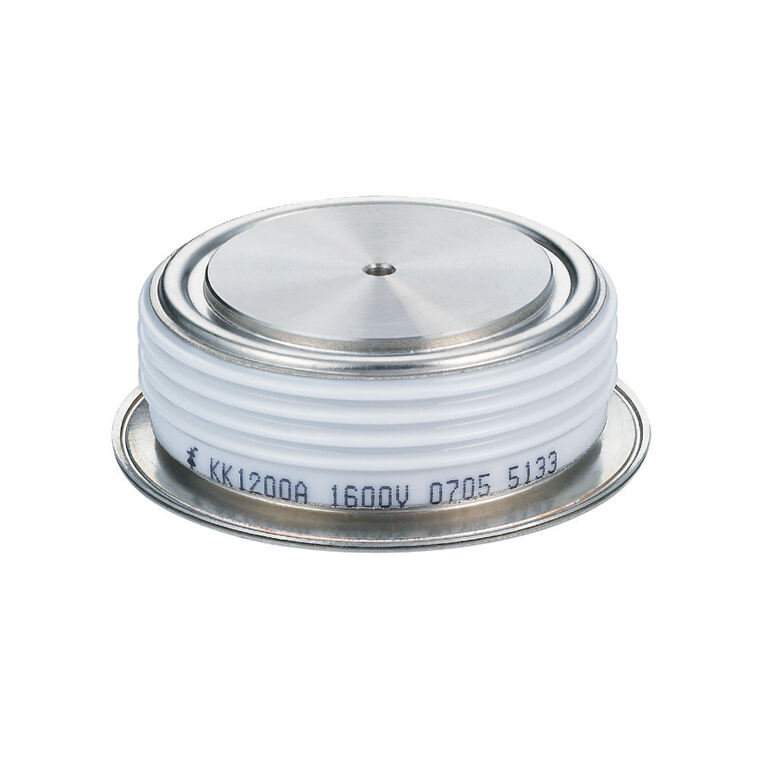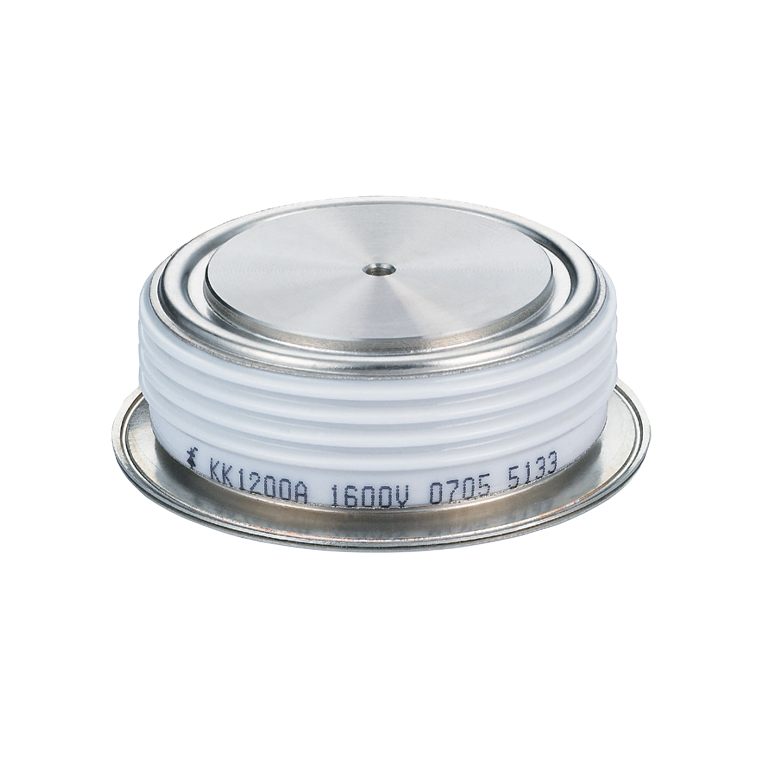robotics in textile industry
Robotics in the textile industry represents a revolutionary advancement in manufacturing technology, transforming traditional production methods into highly efficient automated processes. These sophisticated systems incorporate advanced sensors, artificial intelligence, and precision mechanics to handle various textile manufacturing tasks. Modern textile robots excel in fabric handling, cutting, sewing, quality inspection, and packaging operations. They utilize computer vision systems to detect fabric patterns, textures, and defects with unprecedented accuracy. The technology employs specialized end-effectors designed specifically for handling delicate materials, ensuring gentle yet precise manipulation of fabrics. These robots can operate continuously, maintaining consistent quality standards throughout production cycles. Key functionalities include automated material handling systems that can sort, stack, and transport fabric rolls, robotic cutting systems that utilize laser or ultrasonic technology for precise fabric cutting, and automated sewing stations that can perform complex stitching patterns. The integration of these robotic systems with industrial IoT platforms enables real-time monitoring and adjustment of production parameters, ensuring optimal performance and quality control. Modern textile robots also feature advanced safety systems that allow them to work alongside human operators, creating a collaborative manufacturing environment.


